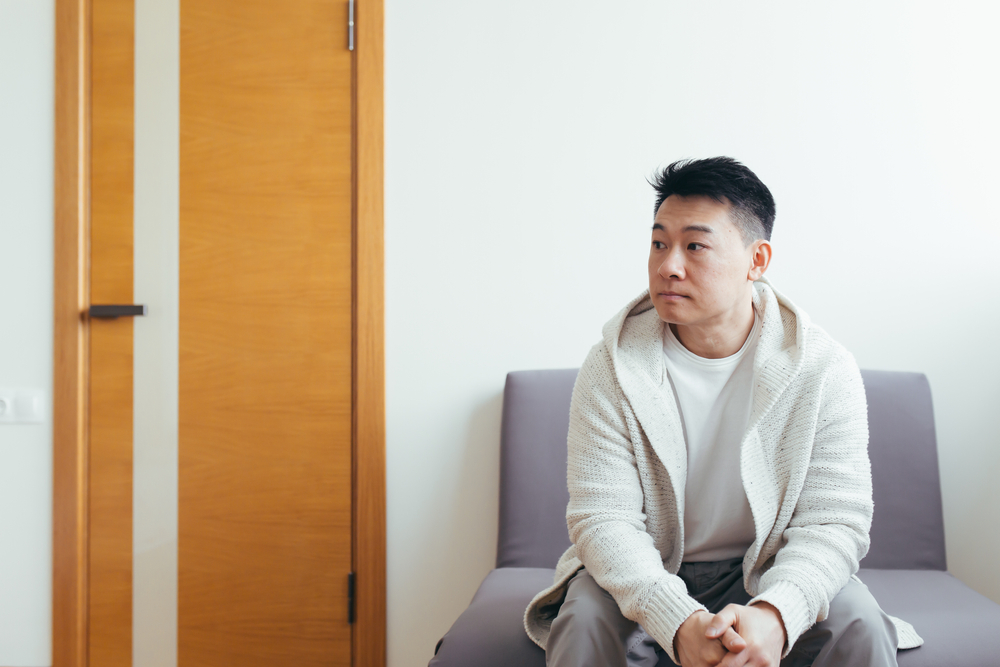TMS for Compulsive Gambling

Breaking the Cycle of Gambling Addiction
Compulsive gambling — also called gambling disorder — is more than a bad habit. It’s a behavioral addiction that affects the brain’s reward system, leading to repeated betting despite negative consequences. For many, it’s not just about the money lost but the control lost, with gambling urges overriding reason, relationships, and responsibilities.
TMS (Transcranial Magnetic Stimulation) offers a non-medication treatment that targets the brain regions involved in impulse control, decision-making, and reward processing. By restoring healthier activity in these networks, TMS can help reduce cravings and improve self-control.
What Compulsive Gambling Looks Like
Gambling disorder affects about 1–3% of the adult population, but its impact is wide-reaching — from financial strain to relationship breakdowns and co-occurring mental health issues.
The condition often shares features with substance use disorders, including:
- Cravings or urges to gamble even when you can’t afford it.
- Chasing losses, betting more to try to recover past losses.
- Irritability or restlessness when trying to cut back.
- Gambling to escape stress, anxiety, or depression.
- Lying about gambling activity to friends or family.
Underlying these behaviors is a disruption in the brain’s reward circuitry — particularly in the prefrontal cortex and striatum — leading to impaired impulse control and exaggerated reward responses.
Interrupt compulsive urges — TMS for gambling disorder can support lasting control.
How TMS Works for Gambling Disorder
TMS uses magnetic pulses to stimulate the prefrontal cortex and other brain regions that regulate decision-making, impulse control, and risk evaluation. By improving communication within these neural networks, TMS can:
- Reduce gambling cravings by modulating the brain’s reward pathways.
- Enhance impulse control so urges can be recognized and resisted.
- Improve decision-making under emotional or high-pressure situations.
- Support mood stability to address depression or anxiety that often drive gambling behavior.
Research into TMS for behavioral addictions is growing, with promising results in reducing cravings and improving self-regulation in disorders like gambling addiction, binge eating, and compulsive internet use.
Treatment Integration
Applied TMS often recommends combining TMS with behavioral therapies, such as cognitive-behavioral therapy (CBT) or support groups, for the most effective outcomes. TMS strengthens the brain’s ability to implement changes, while therapy addresses the psychological triggers and coping skills needed for lasting recovery.
Safety and Tolerability
TMS is non-invasive, requires no anesthesia, and allows patients to resume normal activities immediately after each session. The most common side effects are temporary scalp discomfort or mild headache, which typically resolve quickly.
TMS for Compulsive Gambling FAQs
Is TMS approved for gambling disorder?
While TMS is FDA-cleared for depression and OCD, its use in gambling disorder is considered off-label. However, early studies and clinical experience suggest it can significantly help reduce cravings and improve control over gambling impulses.
How many sessions will I need?
Most patients complete 20–30 sessions over 4–6 weeks, but this may vary based on individual progress and any co-occurring conditions being addressed.
Will TMS cure my gambling addiction?
TMS is not a cure but can be a powerful tool in reducing cravings and improving self-control. Lasting results often require a combination of TMS, therapy, and lifestyle changes.
Can I keep seeing my therapist while doing TMS?
Yes. In fact, continuing therapy during TMS treatment is encouraged, as the improved brain function can make therapy more effective.
When will I notice results?
Some patients report reduced cravings within the first few weeks, with continued improvement as treatment progresses.
Will insurance cover TMS for gambling disorder?
Coverage for behavioral addictions is rare, but our team can help explore payment options and, when possible, pursue case-by-case approvals.


